Photos of Southern England

Clovelly, Devon |

View of Gorse |
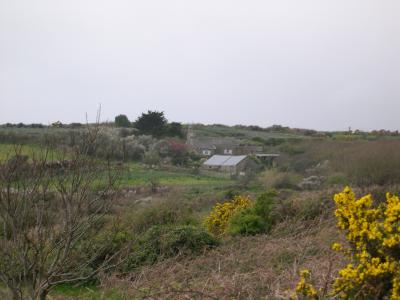
Minack Cottage, CornwallMy wife loved the "Minack Chronicles" and wanted to see the house where they were written. It was a cold and miserable day, but we loved the hike and she got to see the house, alas only from a distance.
During the 1940s Derek and Jean Tangye lived in London. Derek was a Fleet Street journalist and Jean was Public Relations Officer for the Savoy Hotel. In 1950 they turned their backs on a lifestyle which, although sophisticated, they were finding increasingly shallow, and became the tenants of Dorminack, a run-down cottage and flower farm, in the far west of Cornwall.
Here, from 1961, Derek wrote the autobiographical books, which became known as the Minack Chronicles. In these 20 volumes he shared with his readers stories of nature, donkeys, cats, the vagaries of the weather as they eked out a precarious living from the farm, and his philosophy of life.
In 1979 Derek and Jeannie bought about 20 acres of wild cliff land adjacent to their tenanted farm. They called it "Oliver Land" (after a cat in one of his books) and this became "The Minack Chronicles Nature Reserve - A Place For Solitude".
Jeannie passed away in 1986 and Derek in 1996. Derek died at Minack. Both his and Jeannie’s ashes were scattered in the Honeysuckle Meadow in the Nature Reserve.
|
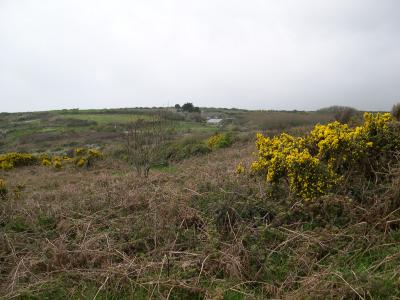
Minack from a distance |
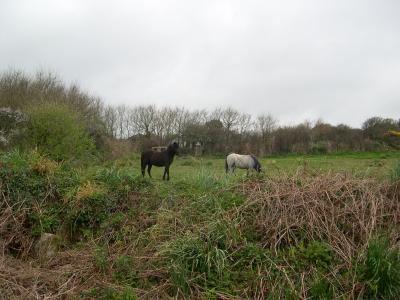
Vicious wildlife, Minack |

On the trek to Minack |
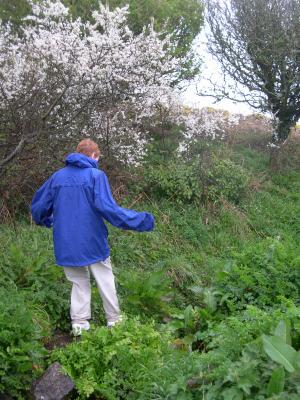
Pathfinder, leading to Minack |
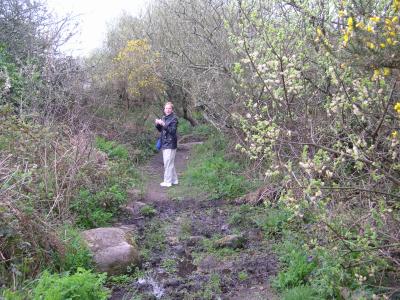
Muddy path to Minack |
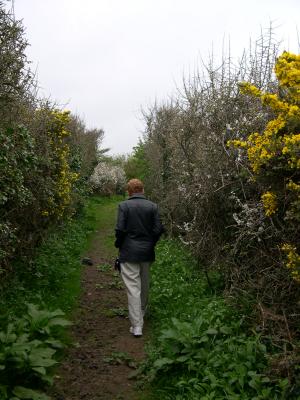
Following path to Minack |
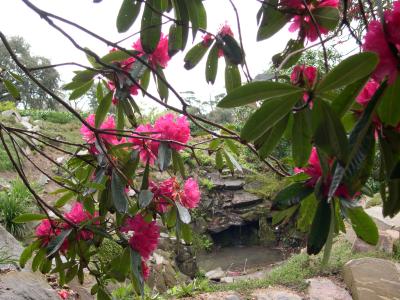
Lost Garden of HeliganThe Lost Gardens of Heligan extend to some eighty acres is returning to its former glory. In its heyday, Heligan Manor was one of the glories of Cornwall. Almost completely self-sufficient, it had a number of farms, quarries, woods, brickworks, a flourmill, a sawmill, a brewery, and productive orchards and kitchen gardens. Its land extending over a thousand acres, it was the center of the community and supported 20 'inside' staff and up to 22 'outside' staff.
The outbreak of war in 1914 ended this idyll. Many of the staff would perish in the mud of Flanders and although the Tremayne family returned after the war for a few years they finally tenanted the estate out to friends and moved away. Although basic maintenance was undertaken to the grounds around the house, the gardens gradually and gently went to sleep.
One of the reasons Heligan is so valuable is that no major alterations had been carried out over this last century and all the vernacular and garden buildings remained untouched. There are very few examples of gardens that haven’t been ‘modernized’, and Heligan provides a unique time capsule.
|
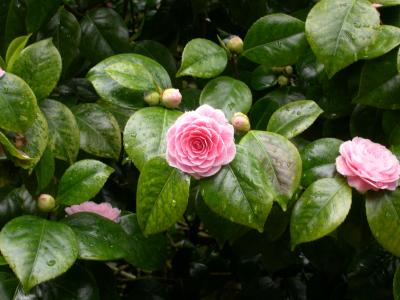
Camellia, Lost Garden of Heligan |

Gate, Lost Garden of Heligan |
click on thumbnails for full image











